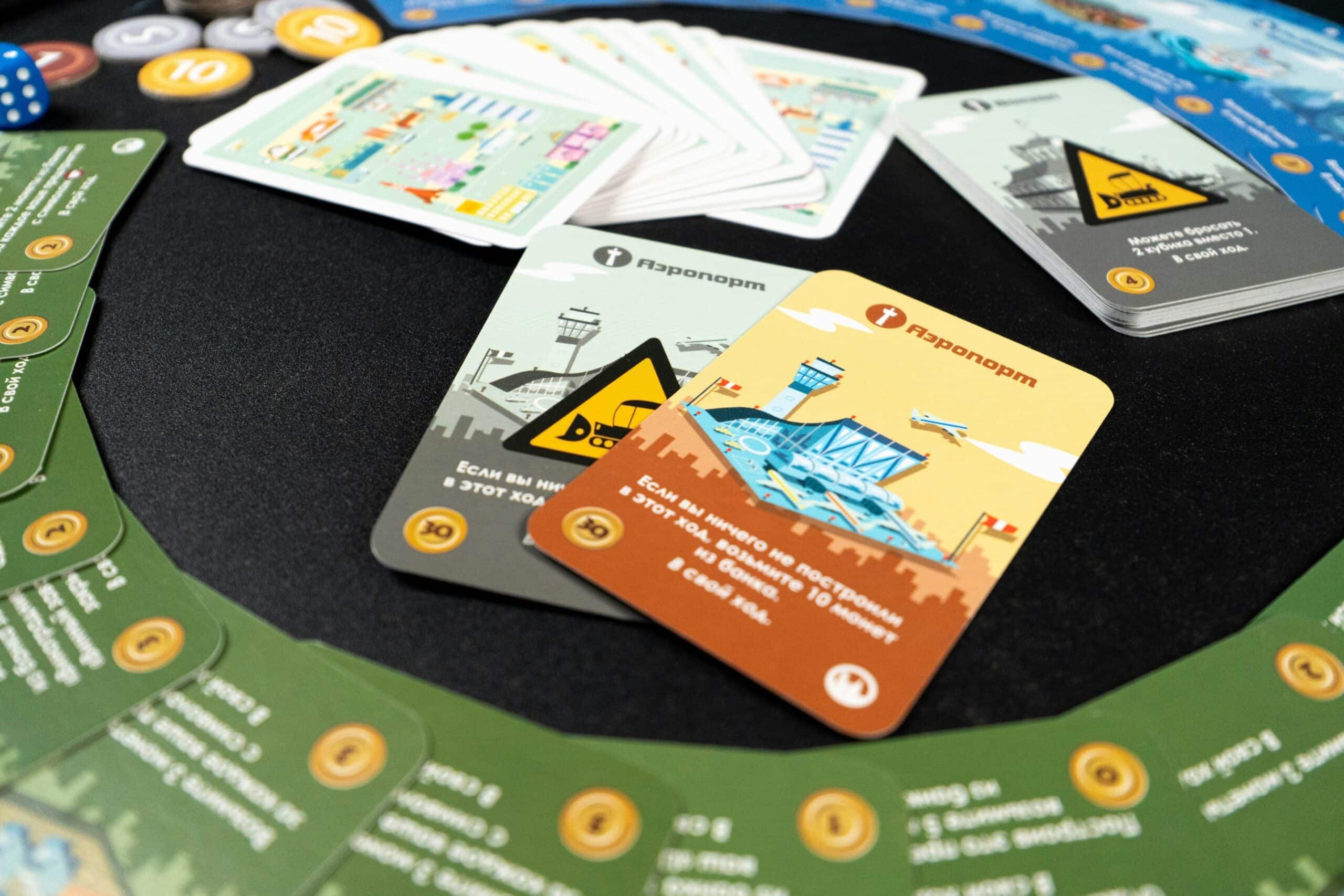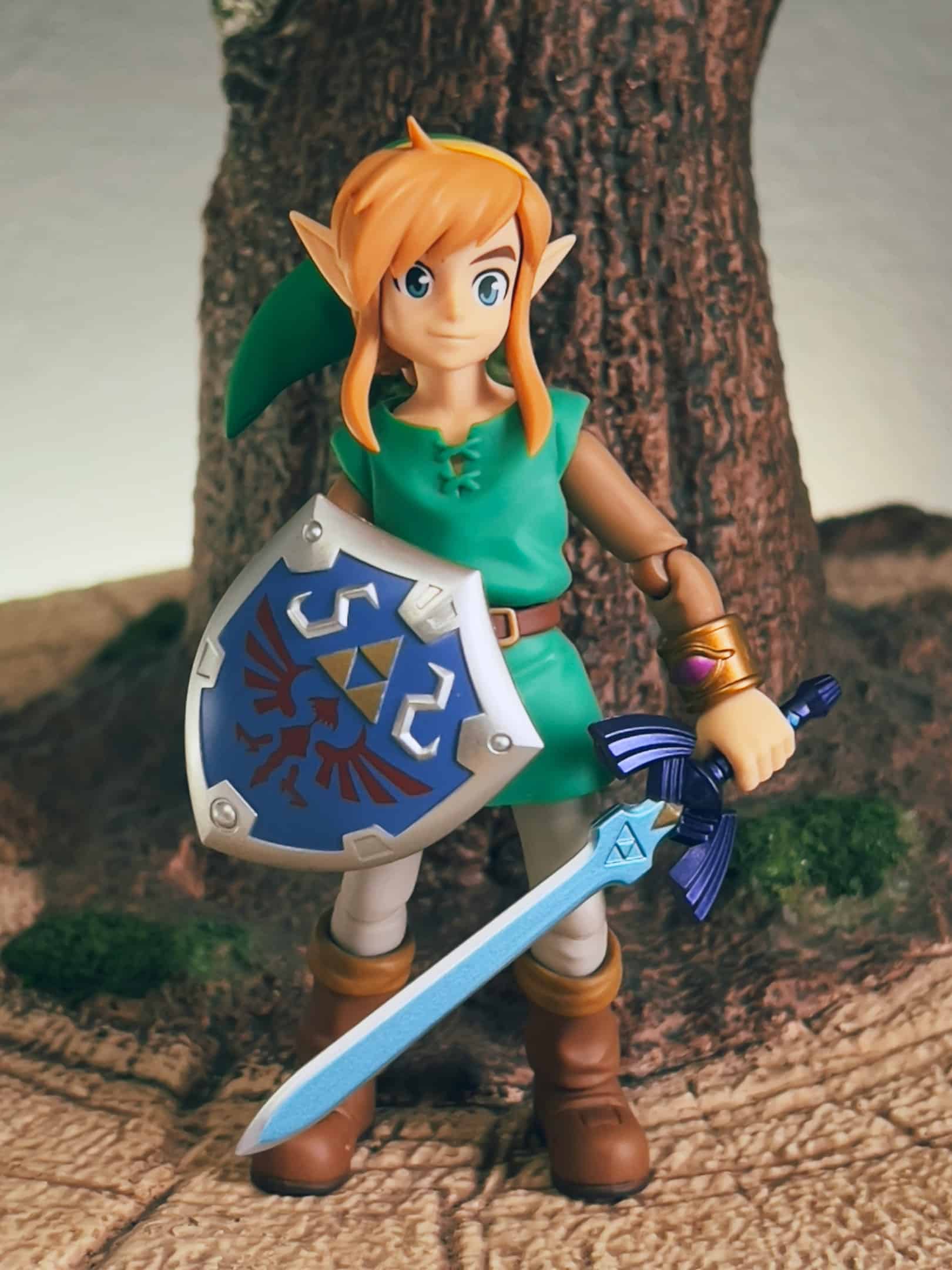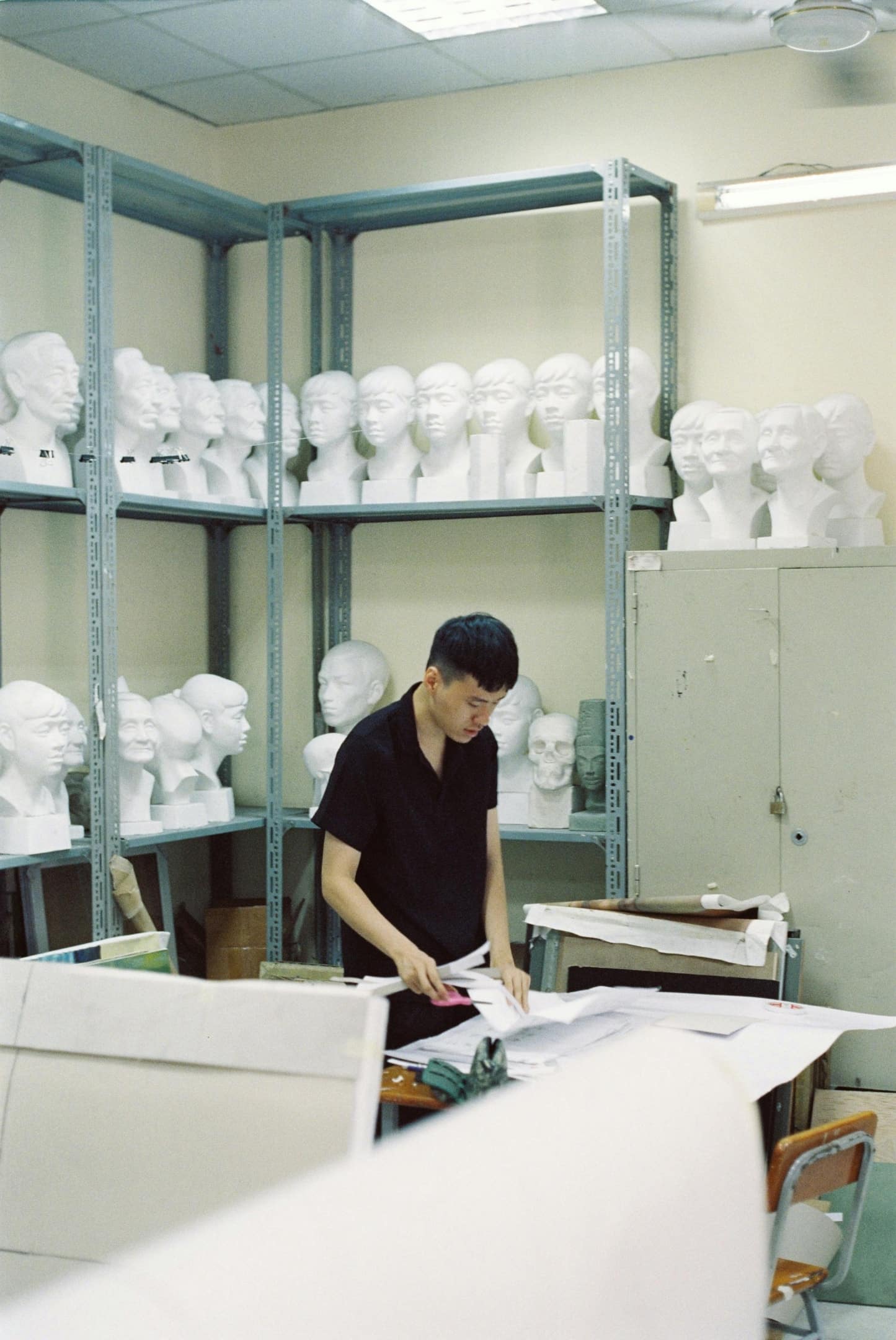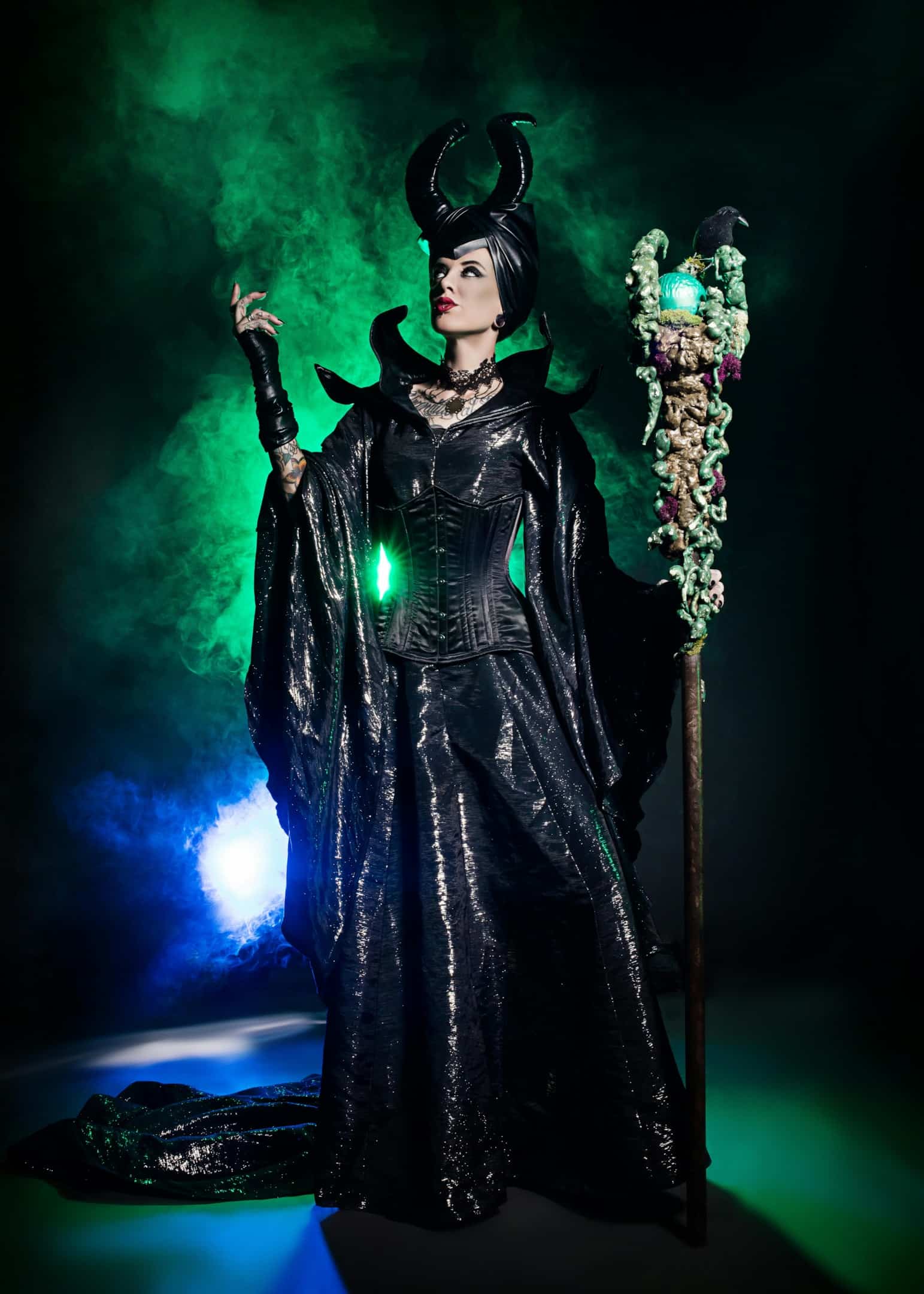
The advent of generative AI has opened up a realm of possibilities for game designers, offering tools to streamline workflows, spark creativity, and push the boundaries of what’s possible in game development. From generating stunning concept art, game worlds, and immersive soundscapes to crafting intricate levels and compelling narratives, AI transforms the creation of games.
However, as with any technological leap, integrating AI into game design brings forth a host of legal challenges and ethical considerations. The landscape is complex and constantly evolving, and game designers and companies must be well-versed in the potential pitfalls and safeguards to ensure they’re using these tools responsibly and legally.
This comprehensive guide aims to shed light on the legal landscape of generative AI in game design, providing insights and tips to navigate the complexities and harness the power of AI while safeguarding your intellectual property and ensuring ethical practices.
Understanding Generative AI in Game Design

Generative AI is a subset of artificial intelligence that leverages algorithms and machine learning models to create new content, ranging from images and music to text and even entire virtual worlds. These tools can be employed across various stages of the video game development and process.
Concept Art and Design: AI can generate many visual concepts based on textual prompts or existing images, offering designers a treasure trove of inspiration and accelerating the ideation process.
Level Design: AI algorithms can generate intricate game elements and complex level layouts, saving designers time and offering novel solutions to gameplay challenges.
Narrative and Dialogue: AI can assist in crafting compelling narratives and dialogues, generating character backstories, plot twists, and even entire scripts.
Music and Sound Effects: AI-powered tools can compose unique musical scores and sound effects, adding depth and atmosphere to the game world.
Character and Asset Creation: AI can create 3D models and textures for characters, objects, and environments, streamlining the asset creation pipeline.
The possibilities are seemingly endless, but the integration of AI in game design also raises concerns regarding intellectual property rights, ethical considerations, and the potential impact on the creative process itself.
Acclaimed Examples of AI-Generated Concept Art
A few notable examples of Concept Art generated with artificial intelligence platforms have garnered significant attention and praise for their artistic merit and innovation.
- “The Next Rembrandt”: Created by a team of researchers and artists in collaboration with Microsoft, this project used AI to analyze Rembrandt’s entire oeuvre and generate a new painting in his style. It received widespread media coverage and was praised for its technical accomplishment and ability to capture the essence of Rembrandt’s work.The Next Rembrandt: Recreating the work of a master with AI – Microsoft News
- “Théâtre D’opéra Spatial”: This piece, generated by Jason Allen using Midjourney, won first place in the digital art category at the Colorado State Fair in 2022. It sparked controversy and debate about the role of AI in art, but also showcased the potential of AI to create stunning and imaginative works.Artificial intelligence artwork wins 1st place at Colorado State Fair, causing controversy
- “Memories of Passersby I”: Created by Mario Klingemann, this AI-powered installation generates an endless stream of portraits, each with its own unique characteristics and expressions. It has been exhibited in museums and galleries worldwide and is celebrated for its exploration of the intersection between AI, art, and human perception.Artificial Intelligence and the Art of Mario Klingemann | Contemporary Art – Sotheby’s
- Works by Refik Anadol: Refik Anadol is a renowned media artist who uses AI and machine learning to create immersive and interactive installations. His works, like “Machine Hallucinations” and “WDCH Dreams,” have been praised for their beauty, innovation, and ability to push the boundaries of artistic expression.Refik Anadol | The AI Art Gallery – NVIDIA
These examples demonstrate the potential of AI to create visually stunning and thought-provoking concept art. While the debate about AI’s role in art continues, it’s clear that AI-generated art has captured the attention of critics and the public alike, opening up new possibilities for artistic creation and exploration.
Key Legal Considerations for Game Designers

As the use of generative AI in game design becomes more prevalent, designers and companies must be mindful of the legal landscape and ensure their practices are compliant and ethical.
1. Intellectual Property Rights
One of the most pressing concerns surrounding generative AI is the ownership of AI-generated art. Who owns the copyright to AI-generated content? Can AI-generated assets be protected under copyright law? These are critical questions that game designers must address.
Ownership of AI-Generated Content
In most jurisdictions, the creator or the person who commissioned the AI-generated work is deemed the copyright owner. However, this can vary depending on the specific circumstances and the terms of service of the AI tool used. Users should review these terms of service carefully and understand the ownership rights associated with AI-generated content. Moreover, if you use an AI tool to modify your work, you may be giving the tool owner rights to your work that you never anticipated.
Copyright Protection for AI-Generated Assets
While AI-generated content can be copyright protected, under copyright law in certain cases, work must meet the threshold of originality and creative expression. Simply generating content using AI doesn’t automatically guarantee copyright protection. The level of human input and creative decision-making involved in the process determines copyright eligibility.
2. Fair Use and AI-Generated Content
The concept of fair use allows for the limited use of copyrighted material without permission from the copyright holder, typically for purposes such as criticism, commentary, news reporting, teaching, or research. However, the application of fair use to AI-generated content is still evolving. Copyright infringement is risky and can result in damages and penalties.
Training Data and Fair Use
Generative AI models are often trained on massive datasets of existing content, including images, music, and text. This raises questions about whether copyrighted material used for training falls under fair use.
AI-Generated Content and Fair Use
When using AI-generated content in your games, it’s essential to be mindful of fair use principles. If you’re using AI to generate content based on or inspired by existing copyrighted works, ensure that your use falls within the bounds of fair use. Factors such as the purpose and character of your use, the nature of the copyrighted work, the amount and substantiality of the portion used, and the effect on the potential market for the original work all come into play.
3. Terms of Service and User Agreements
Before using any generative AI tool, review the terms of service and user agreements. These documents outline the rights and responsibilities of the user and the AI service provider, including ownership of generated content, limitations on use, and dispute resolution mechanisms.
Ownership and Monetization Rights
Pay close attention to the ownership and monetization rights associated with AI-generated content. Some tools may grant you full ownership, while others may retain certain rights or require additional fees for commercial use. Some platforms may share tracking data.
Limitations on Use
Understand if the terms of service limit how AI-generated works can be used. Some tools may prohibit the use of artificial intelligence in certain contexts or require attribution to the AI service provider. For example, some services do not permit the use of content for commercial purposes.
Navigating the Ethical Landscape

Beyond legal considerations, important ethical questions are raised by using generative AI for game design. Designers and companies must grapple with these questions.
Impact on Creativity and Originality: Will the reliance on AI tools stifle human creativity and originality?
Bias and Representation: Some assert that AI models can inadvertently perpetuate biases present in their training data, leading to skewed or discriminatory outcomes.
Transparency and Accountability: As AI becomes more sophisticated, it can become increasingly difficult to distinguish between human-created and AI-generated works. This raises concerns about transparency and accountability.
Morale: Reduction in the creative workforce due to reliance on AI may result in loss of immense human capital. Consider how each team member, by simply telling friends and family what they are working on, promotes the game.
Best Practices for Using Generative AI in Game Design

To harness the power of generative AI responsibly and ethically, all game developers, designers, and companies should adhere to the following best practices:
Thoroughly Review Terms of Service: Before using any AI models, carefully review the terms of service and user agreements. Understand the ownership rights, limitations on use, data protection, and dispute resolution mechanisms.
Protect Your Intellectual Property: Register trademarks and copyrights for your original works. If using AI to generate content based on your existing IP, ensure you retain ownership rights. Preempt legal challenges by forming a solid plan.
Be Mindful of Fair Use: When using AI-generated content, ensure that your use falls within the bounds of fair use. Avoid copyright infringement.
Be Transparent and Disclose AI Use: Acknowledge the use of AI in the creation of certain assets or content, both in-game and in marketing materials. Look for consumer protection law to address this in the future.
Prioritize Human Creativity and Originality: While leveraging AI for efficiency, don’t lose sight of the human element in game design. Preserve your unique artistic vision and the human touch that makes your games special.
Mitigate Bias and Promote Representation: Be vigilant in identifying and mitigating bias in AI-generated content. Strive for inclusivity and diverse representation in your games.
Establish Accountability Frameworks: Develop clear guidelines and accountability frameworks for the use of AI-generated art assets. Be prepared to take responsibility for any unintended consequences or harm caused by AI-generated content.
Trade Groups: Join a gaming industry group that supports content creators and promotes the industry. These groups can provide important information about industry standards, best practices, and anticipated consumer protection laws.
Embracing the Future of Game Design

AI tools are undeniably transforming the landscape of game design, offering unprecedented opportunities for creativity, efficiency, and innovation. However, it’s crucial for designers and companies to navigate this landscape responsibly, ensuring legal compliance, ethical practices, and the preservation of human creativity. By staying informed, adhering to best practices, and engaging in ongoing dialogue about the implications of artificial intelligence, the game development community can harness the full potential of this technology while fostering a vibrant and ethical future for the gaming industry itself.
How We Can Help
Hartmans Law advises creators regarding the issues that arise during the development of games. We actively advise companies and teams of video game and tabletop game developers. We help developer teams draft founder and developer/artist agreements, form corporations and LLCs, register trademarks (titles), and draft end user license agreements.
